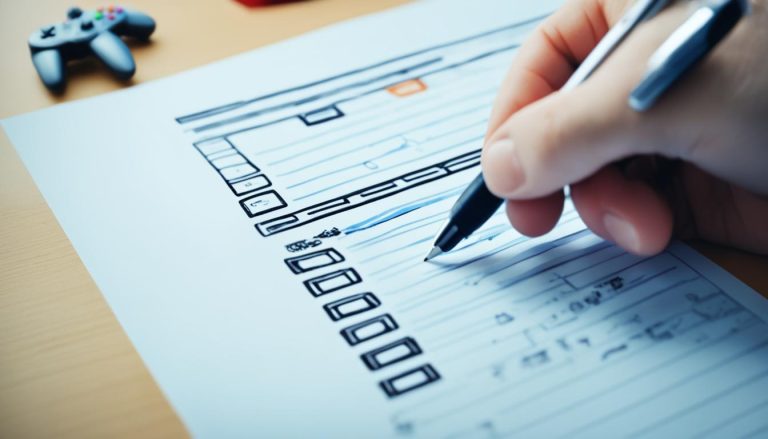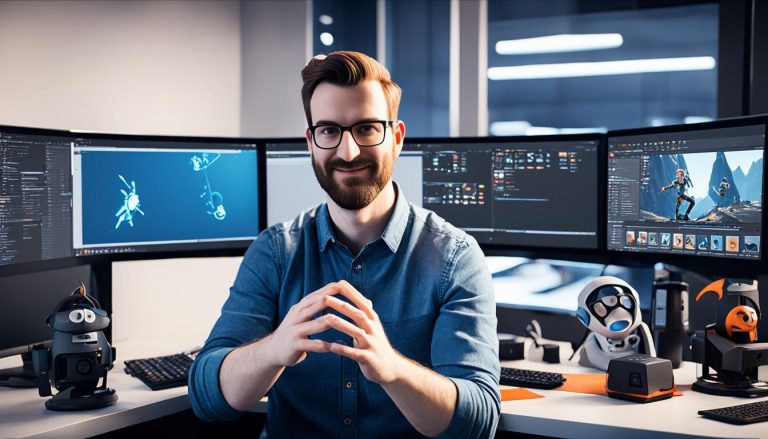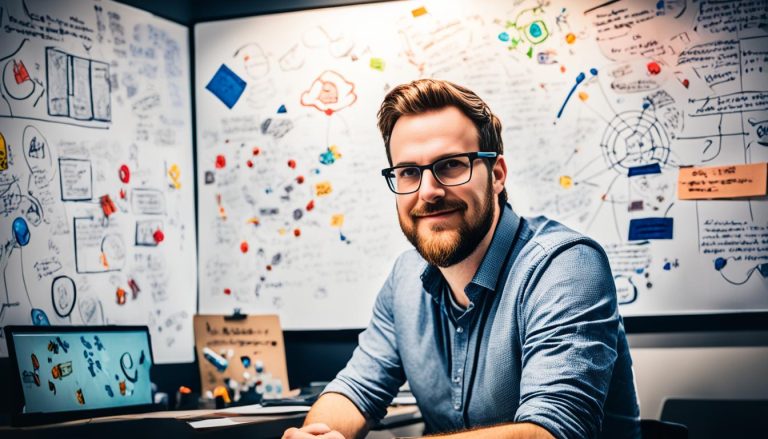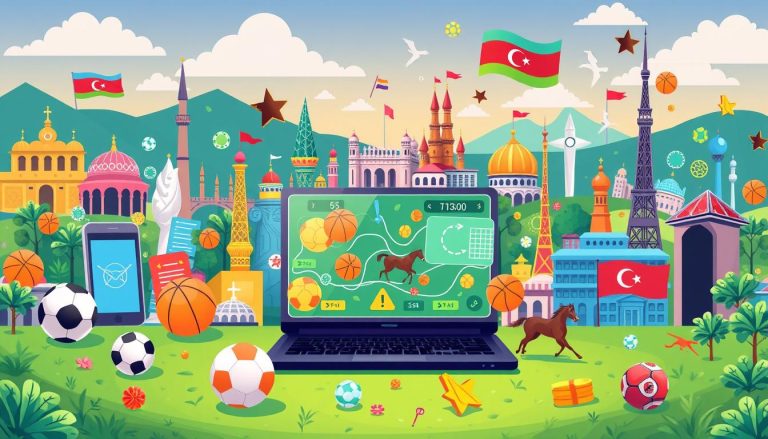What Is The Difference Between Game Design And Game Development?
Have you ever wondered how your favorite video games are created? Behind the immersive worlds and thrilling adventures lie the skills and expertise of game designers and game developers. While these two roles are closely intertwined, they have distinct responsibilities that contribute to the overall creation of a game.
In this article, we will explore the key differences between game design and game development, shedding light on the unique contributions each discipline brings to the gaming industry.
Exploring Game Design
In this section, we will delve into the world of game design. Game design is an essential aspect of creating captivating and immersive gaming experiences. It involves the art of crafting gameplay mechanics, designing levels, creating compelling characters and narratives, and molding the overall player experience.
Game designers play a pivotal role in shaping the vision and artistic direction of a game. They are responsible for conceptualizing and refining innovative gameplay ideas that engage players and keep them coming back for more. These creative minds collaborate closely with developers, artists, writers, and other team members to bring their ideas to life.
When designing a game, creators need to strike the right balance between challenge and enjoyment. They consider factors such as level design, character abilities, and pacing to ensure the game provides a satisfying experience for players. Game designers also carefully consider player feedback and iterate on their designs to enhance the overall gameplay flow and mechanics.
The Creative Process of Game Design
The creative process of game design involves several key steps. Let’s take a closer look at them:
- Conceptualization: Game designers start by brainstorming and generating ideas for gameplay mechanics, characters, and storylines.
- Prototyping: Once a concept is solidified, designers create prototypes to test and refine the core mechanics and gameplay elements.
- Level Design: Game designers craft levels and environments that challenge players, offer rewards, and create a sense of progression.
- Character Design: Designers create memorable characters with unique personalities, abilities, and backstories to engage players.
- Narrative Development: Game designers develop captivating storylines that connect players emotionally to the game’s world and characters.
- Evaluation and Iteration: Throughout the design process, designers gather feedback from playtests and make iterative improvements to the game.
Game designers use a variety of tools to bring their ideas to life. They employ software such as Unity, Unreal Engine, and game-specific editors to build and prototype levels, implement gameplay mechanics, and visualize the game world. Additionally, designers utilize graphic design software, 3D modeling tools, and animation software to create visually appealing assets.
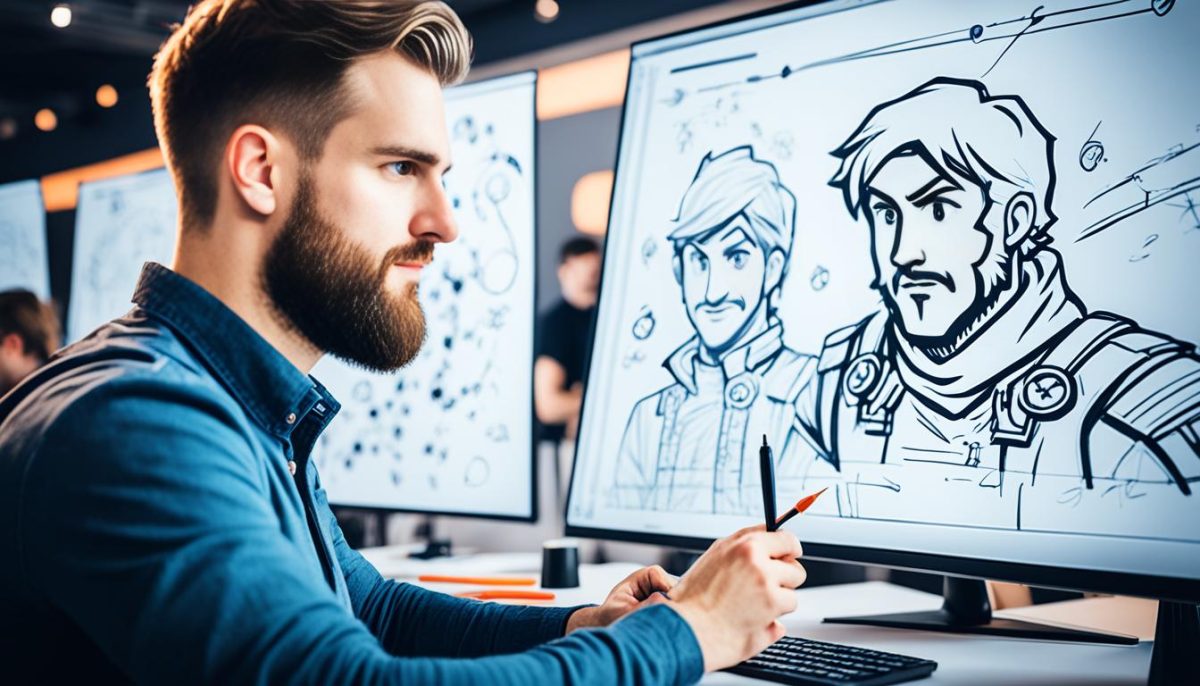
Game design is both an art and a science, blending creativity and technical know-how to create captivating interactive experiences. By understanding the intricacies of game design, we can better appreciate the masterpieces that grace our screens and consoles.
Unveiling Game Development
Now that we have explored the creative process of game design, let’s dive into the technical side of game development. This is where the magic happens as the design is transformed into a fully functional and immersive gaming experience.
In game development, programmers play a vital role in bringing the game design to life. They write code and develop software that controls the game mechanics, physics, and interactions. This involves working with programming languages such as C++, Java, or Python to create the underlying systems that power the game.
Engine implementation is another crucial aspect of game development. Game engines, like Unity or Unreal Engine, provide developers with tools and frameworks to build and optimize games efficiently. These engines handle rendering graphics, managing assets, and implementing game physics, allowing developers to focus more on the gameplay and mechanics.
Additionally, gameplay mechanics implementation is an essential part of the game development process. It involves translating the design concepts into actual gameplay features. This includes implementing character movements, weapon mechanics, AI behavior, and other interactive elements that make the game come alive.
Game development is a collaborative effort that brings together professionals from various disciplines. Programmers, artists, animators, and sound designers all contribute their expertise to create a cohesive and immersive gaming experience. They work hand in hand to ensure that the technical aspects of the game align with the creative vision of the design.
Roles and Responsibilities in Game Development
Let’s take a closer look at the different roles and responsibilities within a game development team:
- Programmers: They are responsible for writing code and developing the game’s software architecture. They work closely with game designers to implement gameplay mechanics, optimize performance, and ensure a seamless gaming experience.
- Artists: They create the visual assets that give the game its unique look and feel. They design characters, environments, animations, and special effects that bring the game world to life.
- Animators: They give movement and life to the game’s characters and objects. They create animations for actions such as walking, running, attacking, and more, adding realism and fluidity to the gameplay.
- Sound Designers: They are responsible for the game’s audio elements. They create and implement sound effects, background music, dialogues, and voiceovers that enhance the overall gaming experience.
By working together, these professionals ensure that the game’s technical aspects align with the creative vision of the design, resulting in an engaging and seamless gaming experience for players.
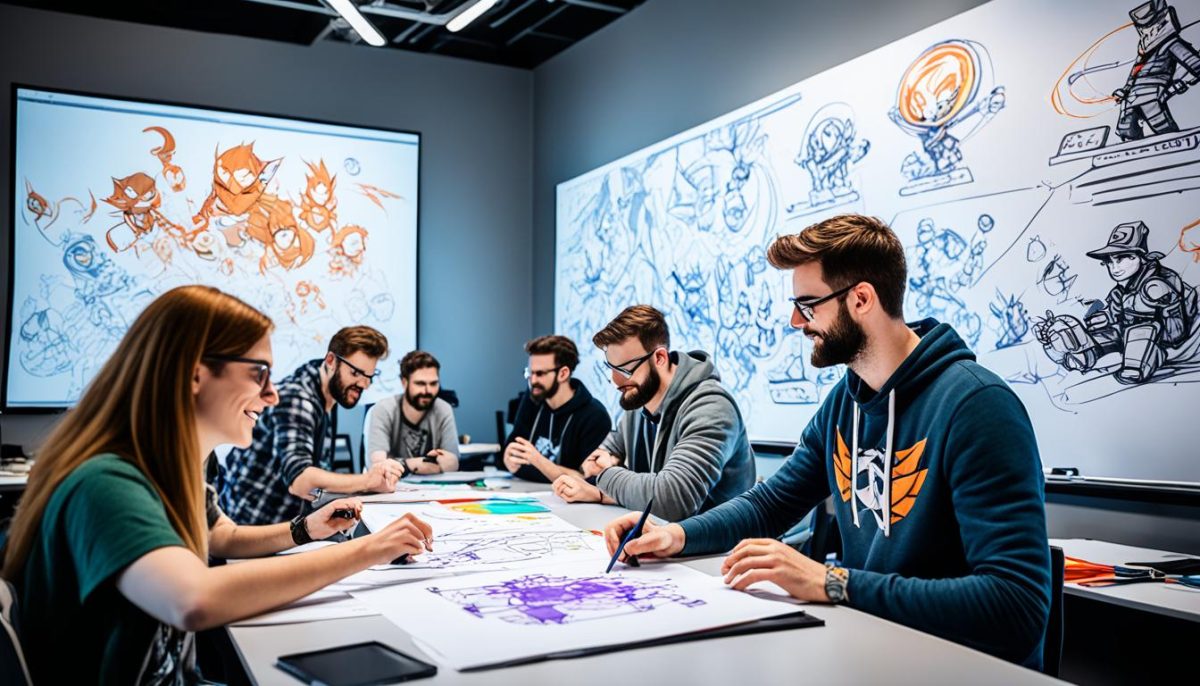
Bridging The Gap: Collaboration in Game Creation
Game design and game development are two complementary disciplines that come together to create immersive and captivating gaming experiences. Collaboration plays a crucial role in bridging the gap between these two fields and ensuring the successful creation of interactive worlds.
In the process of game creation, game designers and developers rely on each other’s expertise to bring their visions to life. Game designers use their creativity and artistic skills to conceptualize gameplay mechanics, design levels, and craft compelling narratives. Meanwhile, game developers use their technical prowess to program and code the game, implement engines, and bring the gameplay mechanics to fruition.
This collaborative effort is essential in creating games that are not only visually stunning but also engaging and technically proficient. The iterative nature of game development further highlights the importance of collaboration between game designers and developers. Feedback from game designers shapes the development process, influencing the implementation of gameplay mechanics and other technical aspects. Similarly, game developers provide valuable insights and suggestions that help refine the game design and enhance the player experience.
Ultimately, it is the seamless collaboration between game designers and game developers that leads to the creation of captivating and immersive game worlds. By understanding and appreciating the roles of each discipline and the importance of collaboration, we gain insight into the intricate process behind our favorite video games.


